Introduction
The megalodon, known as the ferocious beast of the sea, was a prehistoric giant shark that ruled the oceans millions of years ago. While officially declared extinct, the debate over its possible survival continues to intrigue researchers and enthusiasts worldwide. Let’s plunge into the depths of the ocean and uncover 7 compelling pieces of evidence that suggest the megalodon may still exist today.
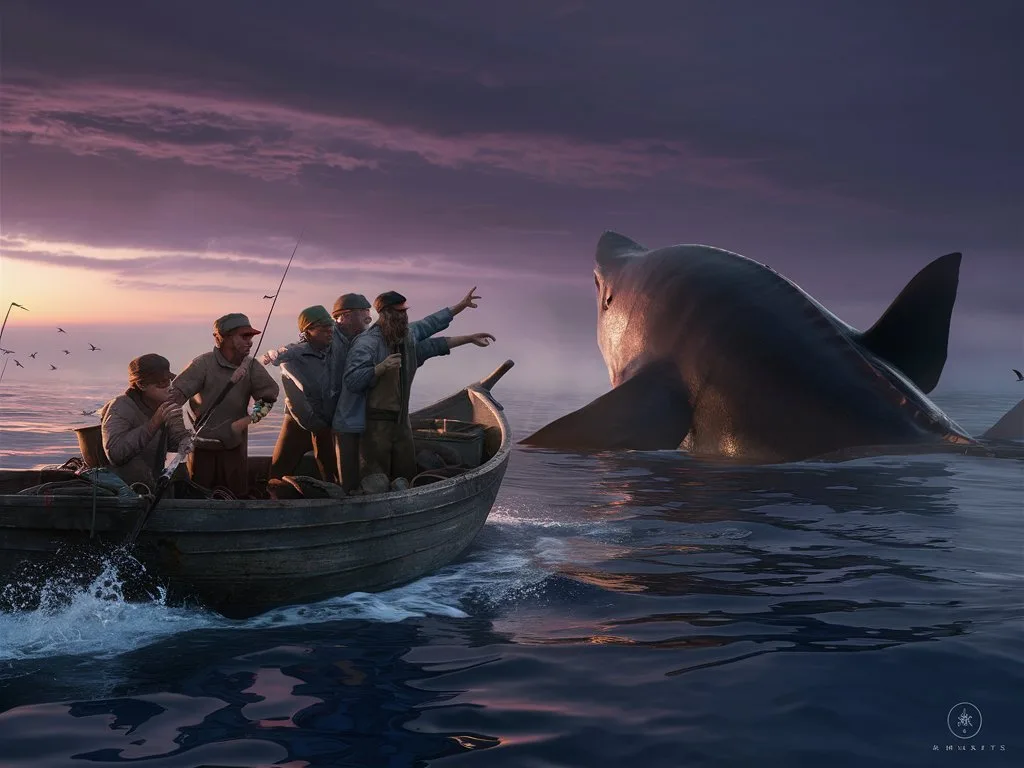
Sightings by Fishermen
-
- Recent accounts from fishermen detail encounters with massive sharks resembling the megalodon.
-
- Common characteristics in these sightings include immense size and distinctive features aligning with historical megalodon descriptions.
-
- The rise in sightings may be attributed to expanded fishing territories and advanced technology for capturing such encounters.
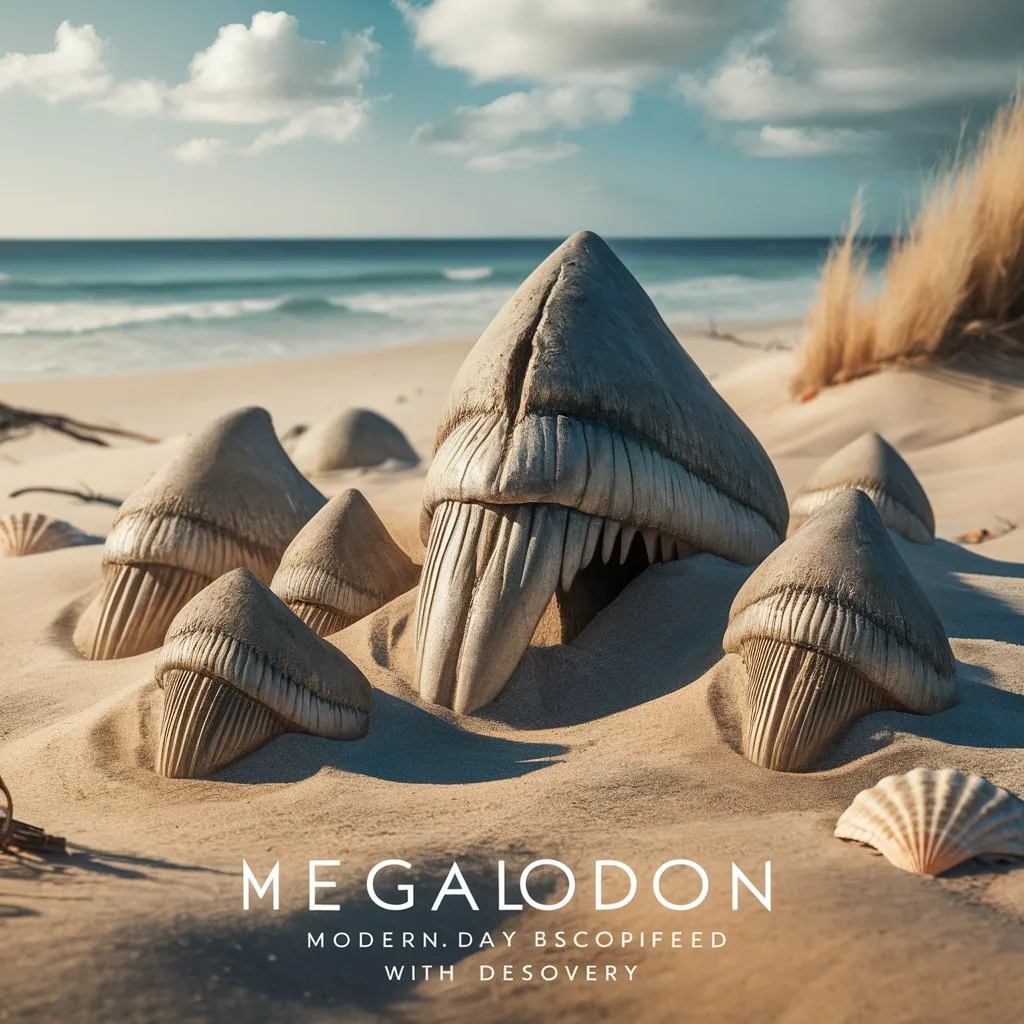 Megalodon Teeth Found in Modern Times
Megalodon Teeth Found in Modern Times
-
- Surprisingly, megalodon teeth have been unearthed in unexpected locations worldwide, sparking questions about their origins.
-
- Scientific analysis confirms the authenticity of these ancient artifacts, hinting at their presence in current oceans.
-
- The discovery of megalodon teeth in modern waters suggests a surviving population that has eluded detection for centuries.
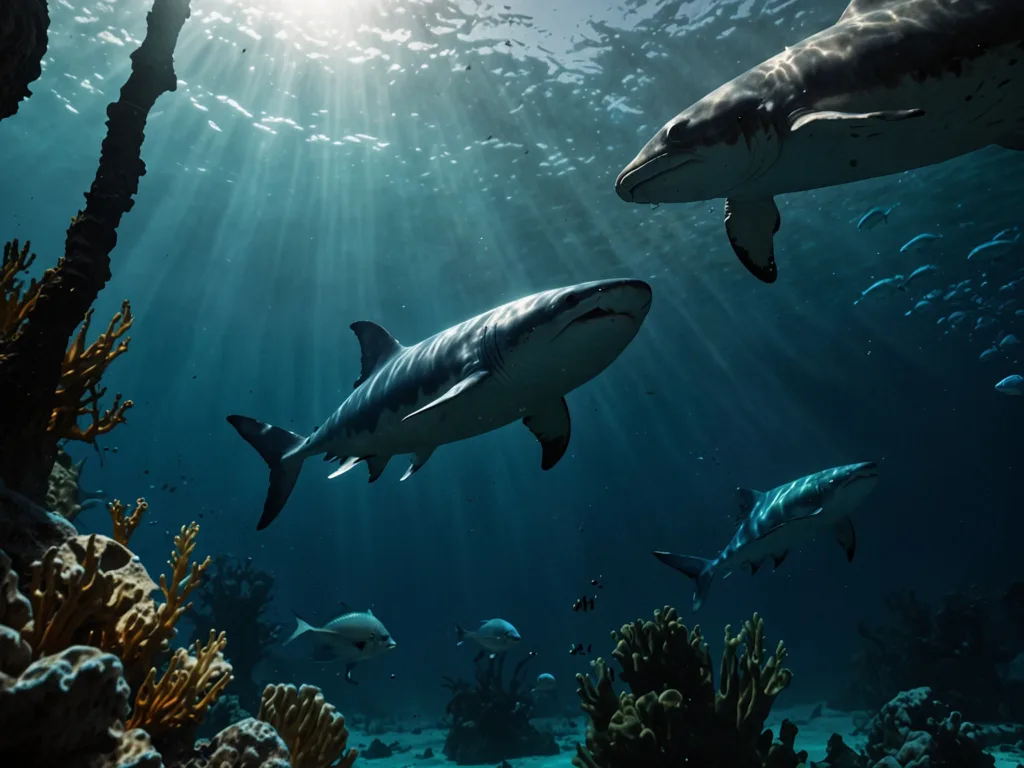 Unexplained Attacks on Marine Life
Unexplained Attacks on Marine Life
-
- Reports of marine animals showing injuries reminiscent of historical megalodon feeding behaviors have confounded researchers.
-
- Similarities in attack patterns fuel speculation about the possible involvement of this colossal predator.
-
- Theories range from rogue megalodons to unidentified species with predatory habits similar to their extinct counterpart.
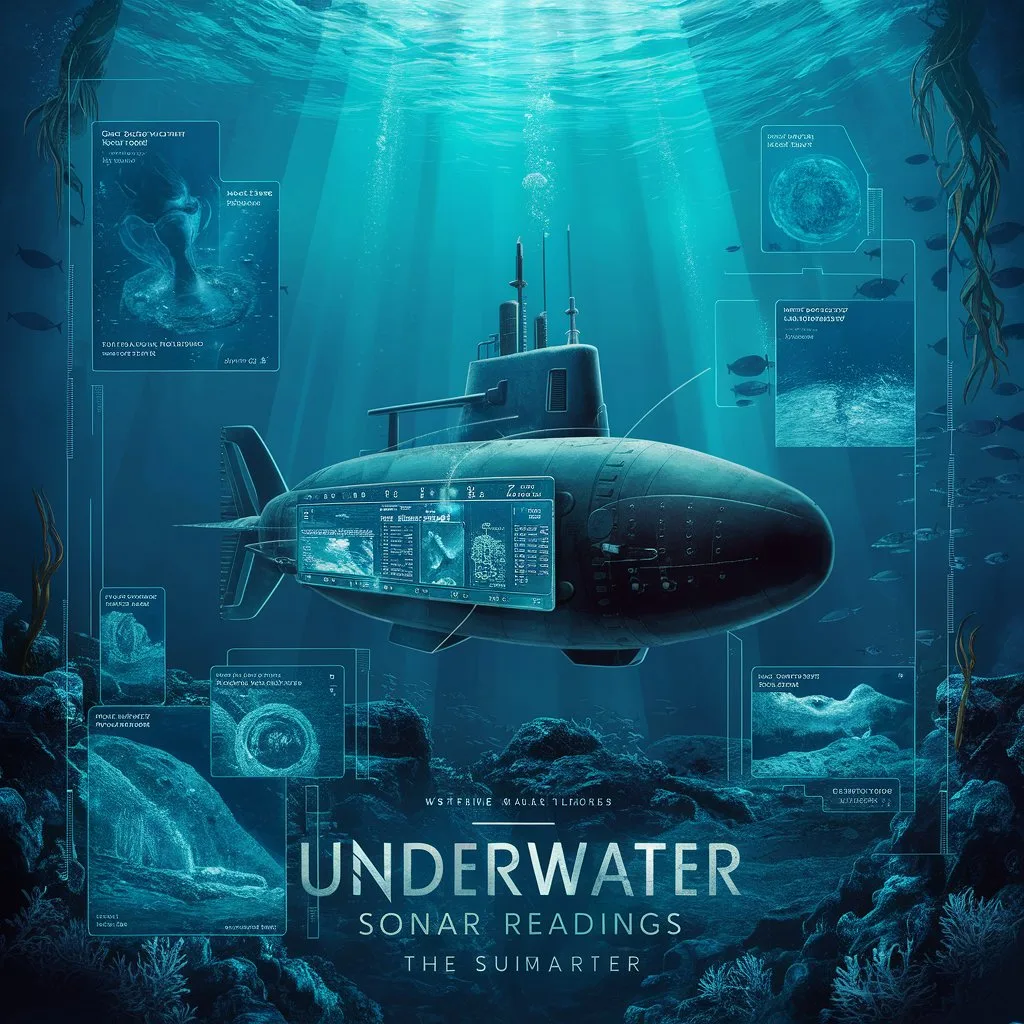 Underwater Sonar Readings
Underwater Sonar Readings
-
- Anomalies in sonar readings from deep ocean waters have intrigued experts about the presence of the megalodon.
-
- The sonar data exhibits similarities to known megalodon characteristics, prompting further investigation.
-
- Authenticating underwater sonar data presents challenges, leaving room for interpretation and debate among specialists.
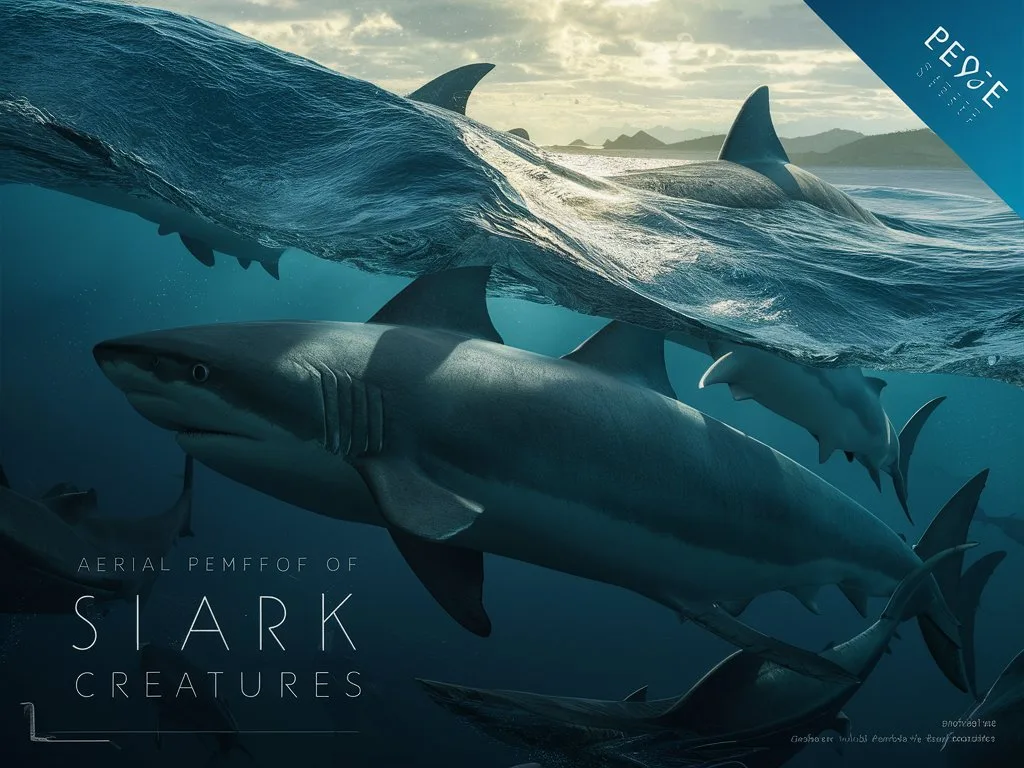 Aerial Footage of Large Shark-like Creatures
Aerial Footage of Large Shark-like Creatures
-
- Recent drone footage capturing massive shark-like creatures in the open ocean has reignited the megalodon debate.
-
- Comparisons of observed creatures to historical megalodon features spark new discussions on their potential survival.
-
- The behavior and size of these creatures draw intriguing parallels to documented megalodon descriptions.
 Expert Opinions and Theories
Expert Opinions and Theories
-
- Insights from marine biologists, shark experts, and historians offer diverse perspectives on the megalodon mystery.
-
- By dispelling myths and misconceptions, experts explore the potential for megalodons to thrive in today’s oceans.
-
- Speculations on the continued existence of megalodons invite further exploration and research to unlock the truth behind this enduring enigma.
Conclusion
As we wrap up our exploration of the megalodon, the ferocious beast of the sea, we are reminded of the incredible diversity and majesty of the ocean’s inhabitants. The megalodon’s legacy as a formidable predator continues to captivate our imaginations, inspiring further research and exploration into the mysteries of the deep. By delving into the world of the megalodon, we gain a deeper appreciation for the wonders of the natural world and the ancient creatures that once roamed the seas. Let us continue to uncover the secrets of the past and embrace the awe-inspiring beauty of our oceans.
Dive deeper into the world of prehistoric marine predators with our collection of articles on ancient sea creatures. Explore the wonders of the deep and discover the fascinating creatures that once ruled the oceans.
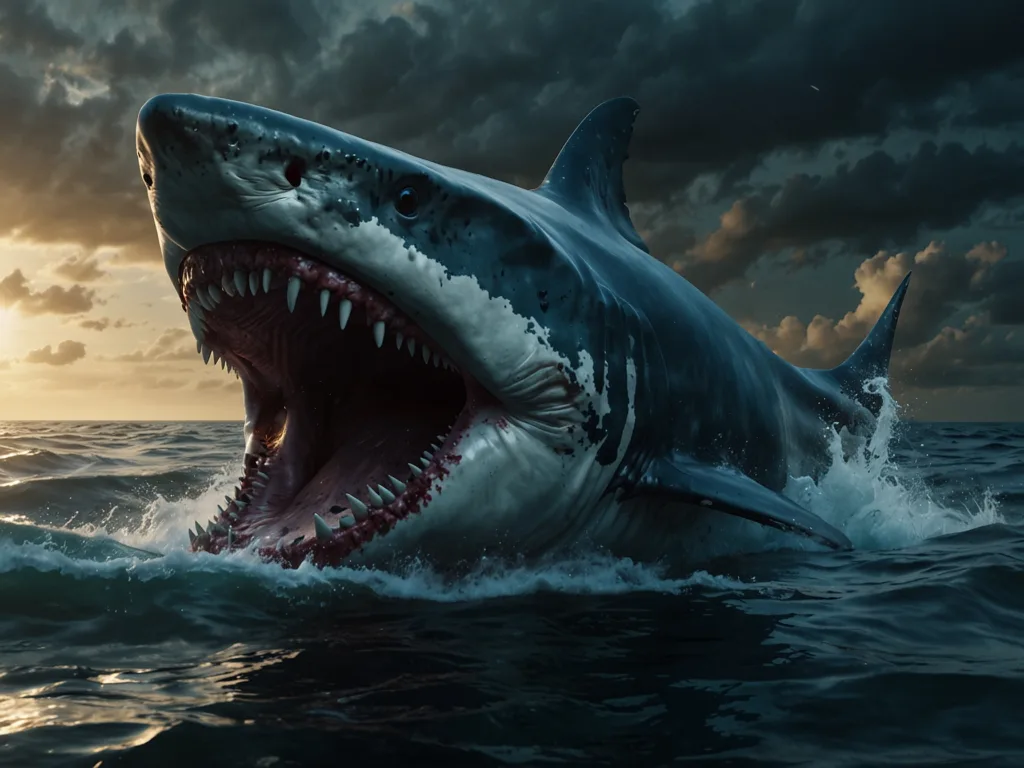 FAQ
FAQ
Q: How big was the megalodon compared to modern sharks?
A: The megalodon was a true giant of the seas, dwarfing even the largest modern sharks. Estimates suggest that this massive predator could reach lengths of up to 60 feet or more, making it one of the largest marine predators to have ever existed. In comparison, the great white shark, one of the largest shark species today, averages around 15 feet in length. The sheer size and power of the megalodon allowed it to dominate the ancient oceans, preying on a variety of marine creatures with ease.
Q: What is the likelihood of the megalodon still being alive today?
A: Despite its fearsome reputation, the megalodon is believed to have gone extinct millions of years ago. Fossil evidence indicates that the last megalodon individuals disappeared around 2.6 million years ago. While some conspiracy theories suggest that the megalodon may still roam the depths of the ocean, the lack of concrete evidence and the vast changes in the marine ecosystem make it highly unlikely that these prehistoric giants still exist today. The megalodon’s legacy lives on in our imaginations, inspiring awe and curiosity about the mysteries of the deep.
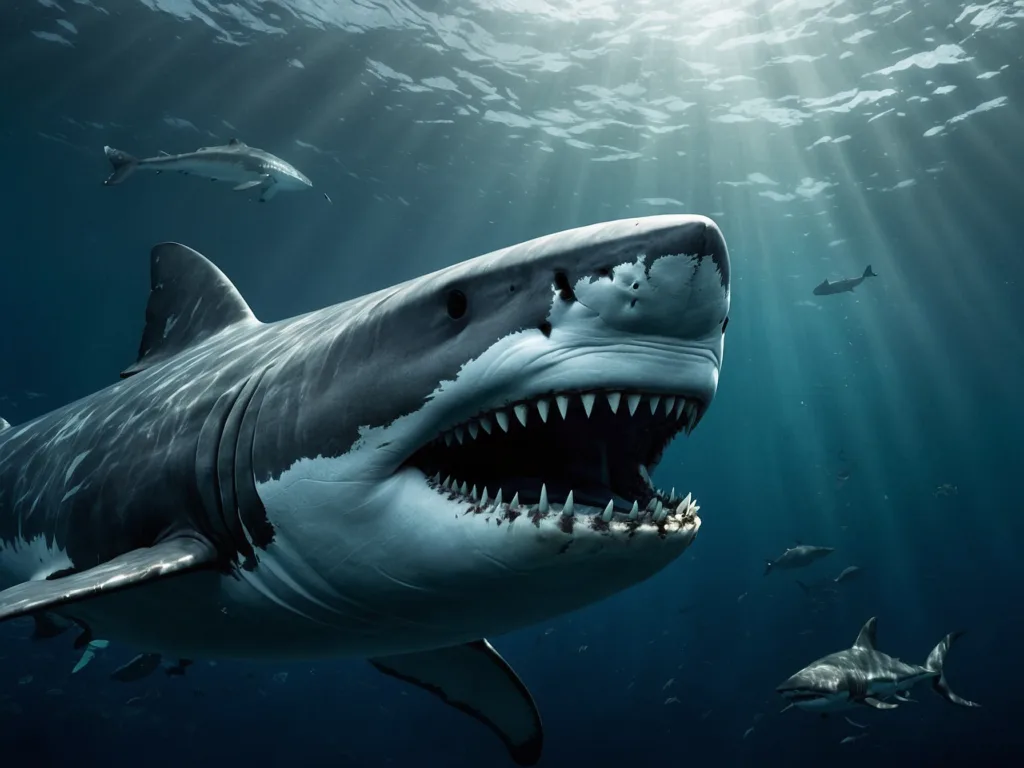
Q: How can researchers continue to search for evidence of the megalodon’s existence?
A: In the quest to unravel the secrets of the megalodon, researchers employ a variety of scientific methods and tools to search for evidence of this ancient predator. Fossil discoveries, paleontological research, and advanced imaging techniques help scientists piece together the puzzle of the megalodon’s past. By exploring ancient marine deposits, studying fossilized teeth and vertebrae, and analyzing genetic evidence, researchers aim to shed light on the life and times of the megalodon. Through ongoing studies and collaborations, the search for evidence of the megalodon’s existence continues, offering a glimpse into the fascinating world of prehistoric marine predators.
Remember, the seas hold mysteries that we are yet to fully understand, and the megalodon represents a piece of that intriguing puzzle. Dive deeper into the waters of history and speculation, and who knows what other ancient wonders you might uncover.
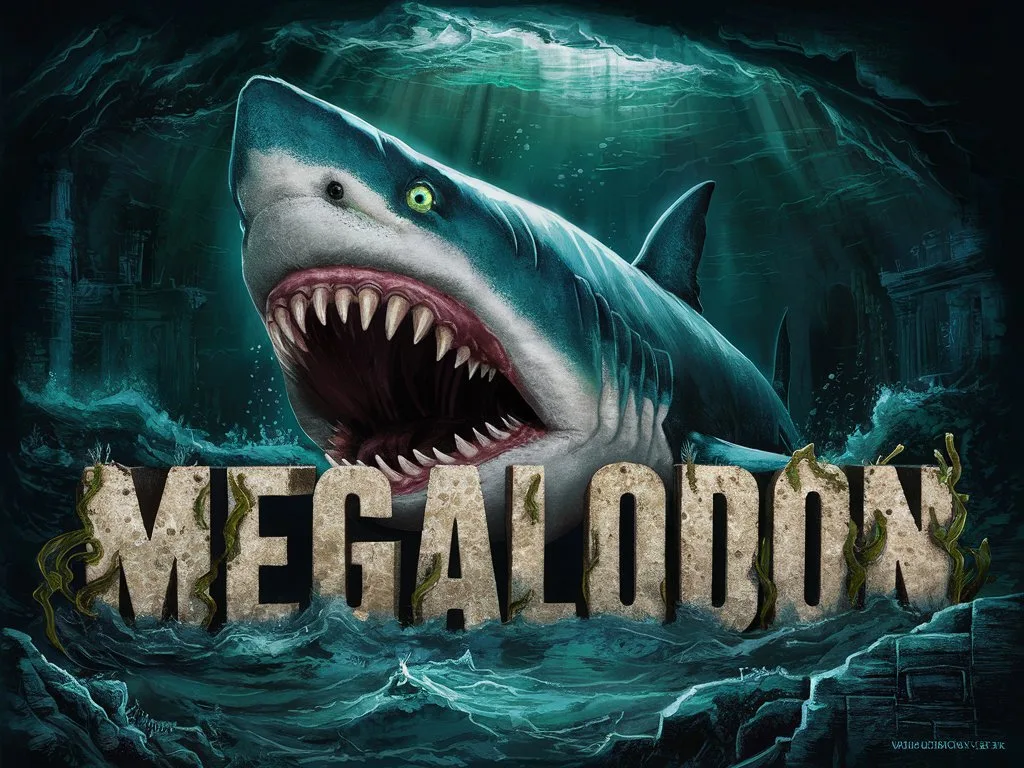
Can you be more specific about the content of your article? After reading it, I still have some doubts. Hope you can help me.
Your article helped me a lot, is there any more related content? Thanks!
command: can you share it to more portals or share with groups ?
I don’t think the title of your article matches the content lol. Just kidding, mainly because I had some doubts after reading the article.
I don’t think the title of your article matches the content lol. Just kidding, mainly because I had some doubts after reading the article.
I don’t think the title of your article matches the content lol. Just kidding, mainly because I had some doubts after reading the article.